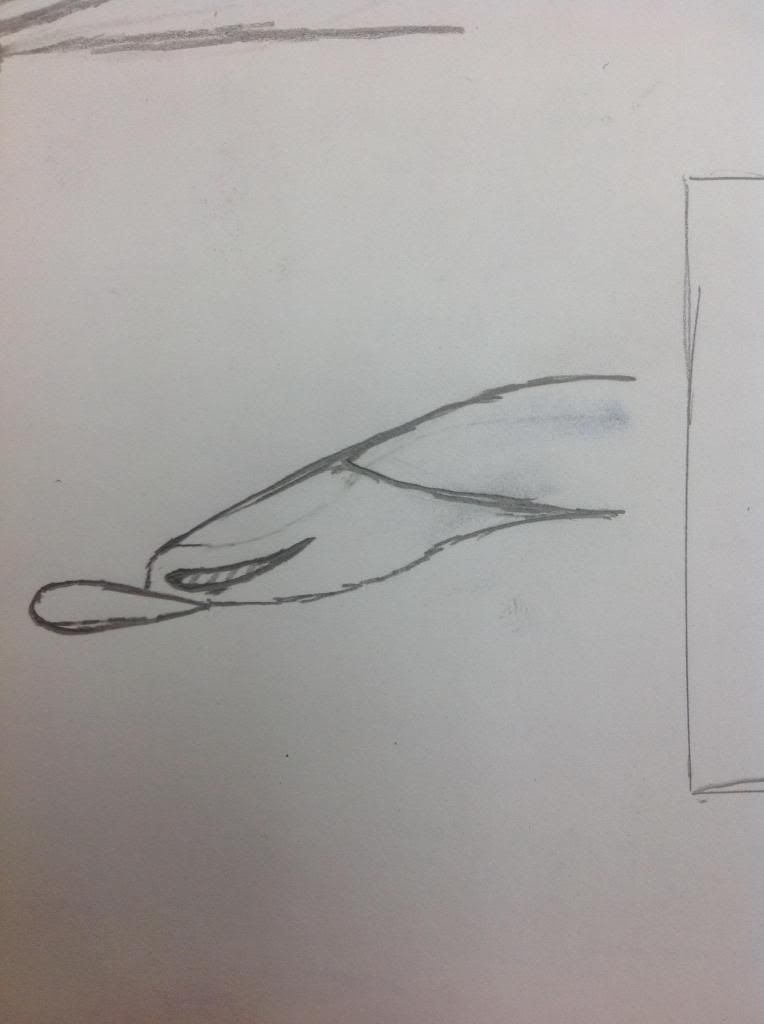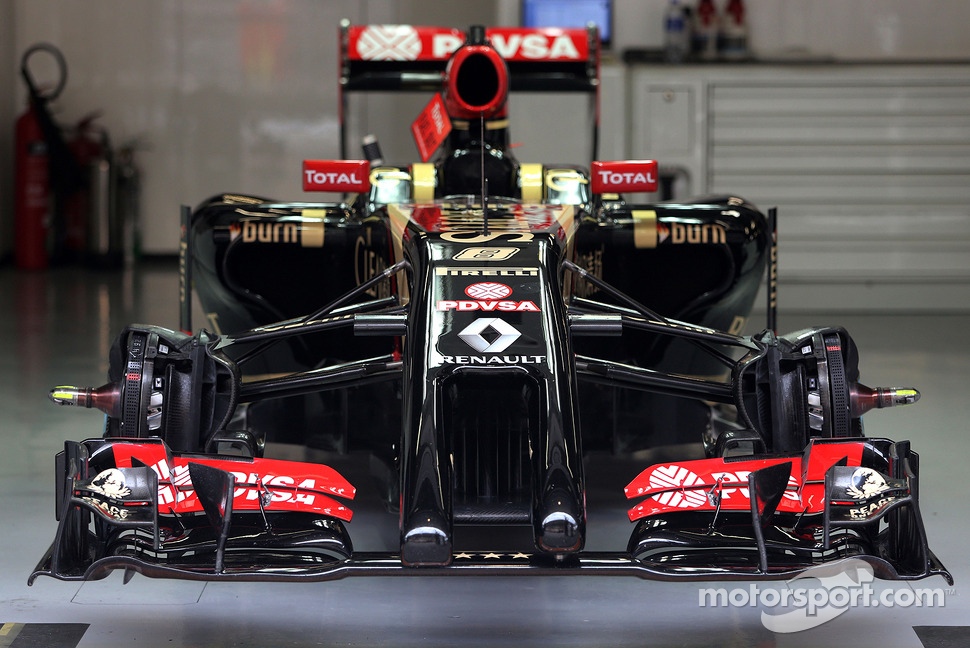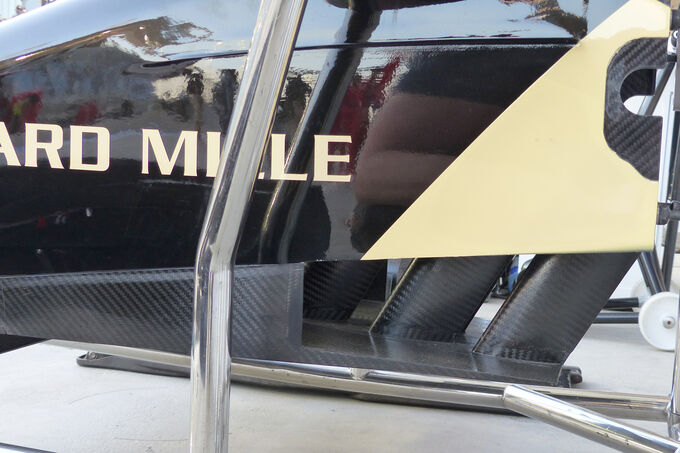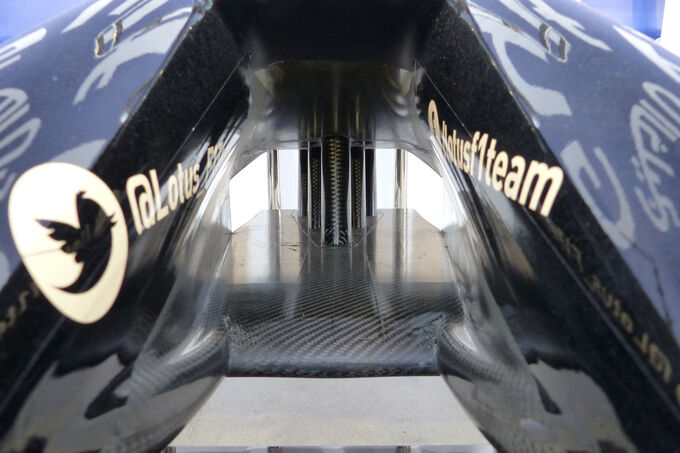No, it says:trinidefender wrote:The way that rule is defined is looking from the top it has to be one section.
A cross section you can view from above is not parallel to the car centre line. You've drawn a cross section parallel to the car centre line here:3.7.8 wrote:longitudinal vertical cross section taken parallel to the car centre line

Neither the Mercedes nor the Lotus fail this test. All such cross sections through their noses continue into the legbox.
This applies to your wing as well.trinidefender wrote:1. As you add flap angle the drag created by said wing goes up more than proportional to the level increased downforce.
This is true, and as I said, the cars rarely run with their front flaps at the maximum design angle. If they want more downforce than they can get at the maximum angle, they can redesign the wing to produce more downforce (by not stalling until a higher angle or by producing more downforce for a given angle) at the cost of more drag.trinidefender wrote:2. Wings are designed with a maximum design wing angle, whereby, passed this point the stall will be quite abrupt and over a large surface of the wing.
The air going under the front flaps mostly doesn't go under the floor, it goes over the top and round the sides. Of course if you can make your device allow the same mass flow under the nose then that downforce can still be useful.trinidefender wrote:3. The main point. By increasing the wing angle you are reducing both the mass flow and the quality of said mass flow of air going to the back of the car sacrificing some rear downforce. People always talk about the mass flow going under the nose to the back of the car however nobody talks about the air flowing next to the air underneath the nose. I.e. The air flowing inside of the front wing but not under the nose.
There's hope - Lotus have been experimenting with what is essentially this design but made legal. Note the array of pillars arranged so that any side view section slices through one of them and connects up to the chassis:




